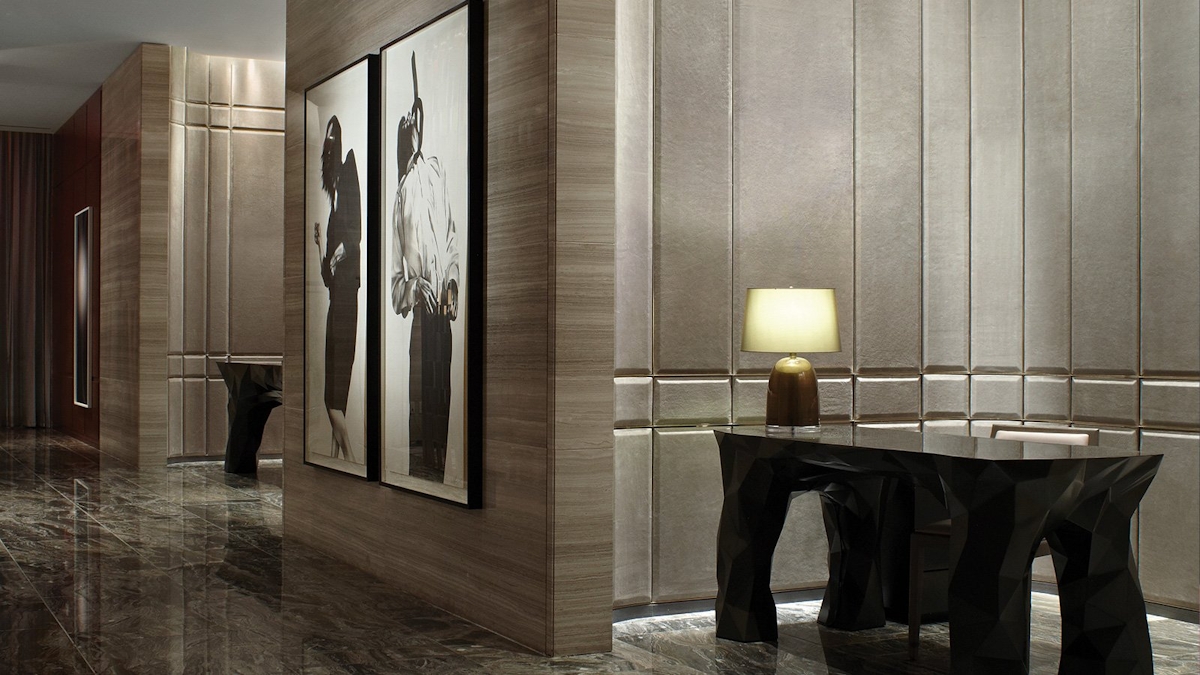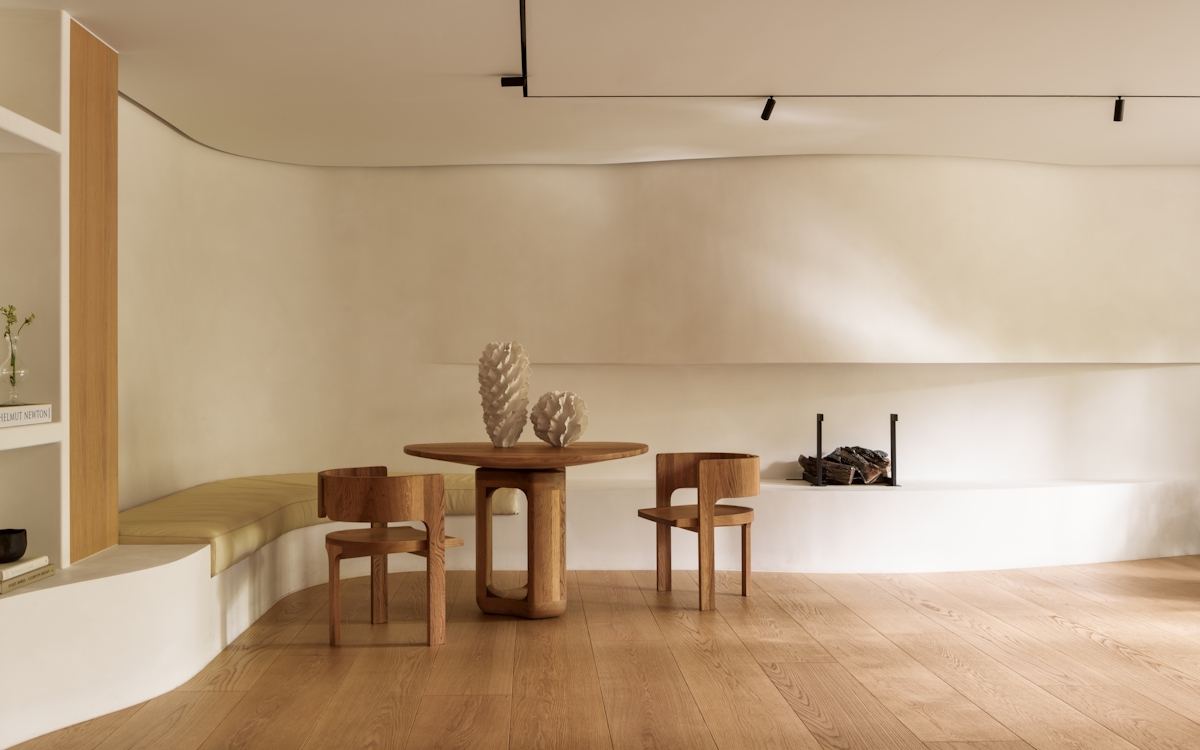Minimalist design has a unique appeal. It’s characterised by a pared back aesthetic in which bare expanses of usually colourless walls set the stage (art galleries are often quintessential minimalist spaces), sparse styling reigns and overdecorating is practically sinful.
Minimalist design is inherently pure and simple, and yet, in spite of what might be perceived as a basic approach, designers with minimalist tendencies are, in a very real sense, spatial architects, creating something out of very little. Their understanding of space and form is paramount. Some might argue that, in fact, each line, each furniture piece, each considered blank space is even more integral to the overall look of a minimalist space than any other style.












